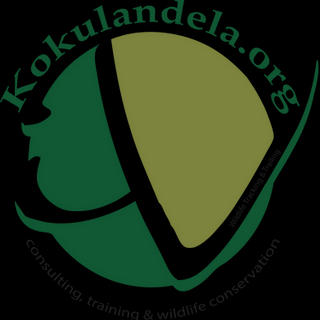Estimation of Ungulates density through the integration of different techniques in Friuli Venezia-Gi
- Toni Romani
- 26 feb 2016
- Tempo di lettura: 2 min
The Friuli Venezia-Giulia region is located in the northeast of Italy, along the border with Slovenia and Austria and includes three bioregions: Alpine, Continental and Mediterranean. The aim of the study was to test and integrate different techniques to estimate the density of roe deer (Capreolus capreolus), red deer (Cervus elaphus) and wild boar (Sus scrofa) in alpine and pre-alpine areas and karstland. We have compared different methods: camera trapping (with Rowcliffe et al. formula) and the track count based on Russian Formozov-Malyshev-Pereleshin formula in respect to hunter spring census. For each area we have identified two different game reserves, for each we have chosen four transects of 1 kilometer long, representative of the habitat, in which, every fifteen days and from December 2014 to March 2015 we have recorded all indirect signs. Four camera traps were placed for each reserve. The mean density of ungulates surveyed from hunters were: roe deer 10,97 head/100 ha (min3,40-max21,34); red deer 2,18 (min0,45-max3,92); wild boar 1,54 (min0,30-max2,86). Data were analysed through the mixed model testing the species and the techniques effect (within species), regarding game reserves as a random result. Roe deer density is significantly different in respect of red deer and wild boar, while density of red deer is not significantly different with that of wild boar. The track count method (D3Tracce), considering the travelled daily distance deduced from literature data, ensures a density that, in the three species considered (roe and red deer, wild boar), is not significantly different from the reference hunters’ density. Camera trapping could not identify species at low densities because the detection probability is lower. At low densities, the track count technique is related to the ungulates density measured by hunters, especially in regarding to red deer (Square R=0,91; p<0,05); camera trapping seems more related for high densities estimated by hunters (roe deer, Square R=0,83; p<0,05). The daily distance travelled influences the accuracy of estimation of the two techniques. We discuss the results of this approach and the limits and challenges for each method in relation to different environmental conditions (i.e. detectability), different species and the importance of the integration of the photo trapping and track counts.

























Commenti